Spazieren in Charlottenburg
Gastbeitrag von Dr. Maya Shabbat
Modernization and urbanization, demographic growth, economic stress and rising antisemitism were the main factors driving mass migration from Eastern Europe to the West in the last third of the 19th century. In the historical narrative, the mass of Jewish migrants overshadowed the story of small intellectual groups of young and educated individuals who considered themselves liberals. For some, migration to the West completed their transition from the shtetl to the big city as well as their secularization. For others – those from major cities who identified themselves as Daitchen or Ashkenazim and as such related to the Jewish-German cultural sphere – the migration to Prussian cities, mainly Berlin, was an integral move in their self-perception as part of the German culture (Goethe-Kultur).
This wide migration was not homogeneous and can be grouped into separate waves, each triggered by a different event. The one that generated the biggest impact was that of Jewish refugees originating from the Pale of Settlement, pushed out by persecution and pogroms known as Sufot Ba’Negev (April 1881 – May 1882). Shortly after that, in 1887, the Russian numerus clausus restrictions were put into place and limited the ratio of Jews in high schools and universities, bringing about a new upsurge of involuntary migrants seeking education. Later, in 1891, the Moscow Deportation caused another wave. Though each of the forementioned groups’ migration was triggered by a different event and each had a different profile, all were unable to return to the Russian Empire, and for most of them, Germany was a transit station. This was due to the immigration restrictions in the Deutsches Kaiserreich, which preferred merchants over proletarians, due to limited visas for students and the frequent deportation of Russian subjects.
Alongside the migration from the Russian Empire, there came another migration wave that originated from the Habsburg peripheral regions: Galicia. This wave arrived from a different geopolitical environment and was triggered by different circumstances; these later stood as a buffer between the groups of those two origins. The partitions of the Polish-Lithuanian Commonwealth (1772, 1793 and 1795) had a significant impact on the Galician Jewry, as it made them citizens of the Austrian Empire. As Austrian subjects, they were expected to integrate by going through an accelerated process of Germanization, enlisting in the military, and enrolling in the state-regulated education system. Within a single generation, the centralism and „Germanized“ environment that existed until 1848 were highly welcomed by many Jews in the central cities of Galicia , and they became „Germanized“ by choice, so that part of the following two generations after the annexation perceived themselves as „children of two cultures“. In addition, „religion taxes“ (such as the „candle tax“) were applied to ethnic minorities, accompanied by the dissolution of autonomous religious entities, which caused the Jews to lose their traditional collective identity.
However, these restrictions and developments also helped shape the unique portrait of Galician Jewry, especially the urban type, which fostered a modern political consciousness and developed a modern model of Jewish life. In addition, as Rachel Manekin stated, we can see that the local struggle between Hasidim and Maskilim mainly surrounded questions regarding the reshaping of religion during modern times and was not related to secularization. The intellectuals among Galician Maskilim fashioned themselves as enlightened and urbanized Austrian Jews. Judaism was a crucial element of their identity that differentiated them from the other local minorities. The third generation of the Galician Maskilim defined themselves as associated with the deutschsprachige Maskilim area despite their criticism of German Jewry. Thus, these Galician intellectuals assimilated their identity into the concepts of the German national Kultur and Bildung. This translated into the shaping of political lines during the transition from the Toleranzpatente to equal rights in 1867, which led to a new electoral „power balance“ among minorities in Galicia.
In general, the Galician Jews did not suffer from persecutions or pogroms in the years following the annexation until 1918 (there were exceptions to this in Galicia around 1898). But since Galicia was economically poor, several migration waves of workers to Vienna, Prague and Germany emerged during the 1860s‑1870s and thereafter.
Both Russian and Galician Jewish migrants arrived in Berlin, the frontier of Western culture, an alternative city defying both East and West. Berlin was an „edge city“, acting as a „frontier post“ of German culture and religion, an extraterritorial phenomenon known as early as in the Middle Ages. The immigrants experienced conflicts on several fronts when they arrived in the cities of Prussia. The most obvious friction they had with the German Jewish communities. However, my aim is to focus on another conflict experienced by the eastern immigrants, an internal conflict among these newcomers: Ostjuden vs. Ostjuden arguing about the ideal modern eastern Jewry. I shall mainly focus on the „Eastern“ intellectual circles that arrived with the aim to obtain university education in Berlin and were active in the city at the fin de siècle.
Most of the Jewish immigrants arriving in Berlin in the last third of the 19th century came to the Scheunenviertel behind Alexanderplatz, described by Joseph Roth and Franz Hessel as „the saddest place in the world“ – a neighborhood of impoverished immigrants. However, some young intellectuals, students and graduates, secular as well as acculturated ones, drifted to the suburbs of Berlin (which were incorporated into the city in 1920). In particular, these intellectuals came to Charlottenburg, the city of the „new west“, which during the 19th century changed from an 18th century small village to an expensive residential district with developed transportation connections to Berlin. Even though most of them did not contribute to the commercial development, we cannot ignore the intensification of economic processes in this district during that time, as in the 1880s the paving of Kurfürstendamm, which turned it into a boulevard boasting many shops such as the KaDeWe department store which opened in 1907.
In my research, I am examining the migration from the eastern peripheral regions to Berlin with regard to its different aspects, including self-identity, collective identity and the relations between center and periphery. These groups differ intellectually from the orthodox or Hasidic immigrants arriving from the same origins. The orthodox and Hasidic communities usually settled in Eastern Berlin in Scheunenviertel. The conflicting ideas of the groups described above came into play in the national political perceptions, in the way of defining the national resurrection, in their attitude towards the arising Zionist establishment and in their interpretation of non-Jewish German philosophers. These issues were negotiated not only at social meetings at cafés such as „Café Monopol“, „Café des Westens“, „Romanisches Café“ and more, but also in the Königliche Bibliothek (today’s Staatsbibliothek zu Berlin), and with publishers, such as Dvir (and Moriah), Eshkol, Klal, Sinai, Yalkut etc. These conflicts found significant expression in the journalistic, literary and academic sphere at the end of the 19th and throughout the first decade of the 20th century.
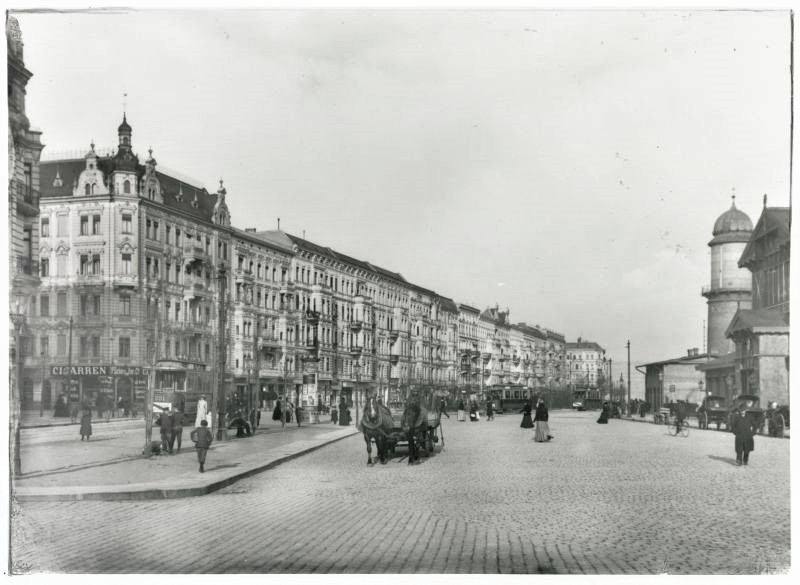
Stuttgarter Platz (Charlottenburg), 1900. On the right Bahnhof Charlottenburg, on the left Kaiser- Friedrich-Straße 55. – Landesarchiv Berlin, F Rep. 290 (01) Nr. II12233 / Fotograf: Waldemar Titzenthaler
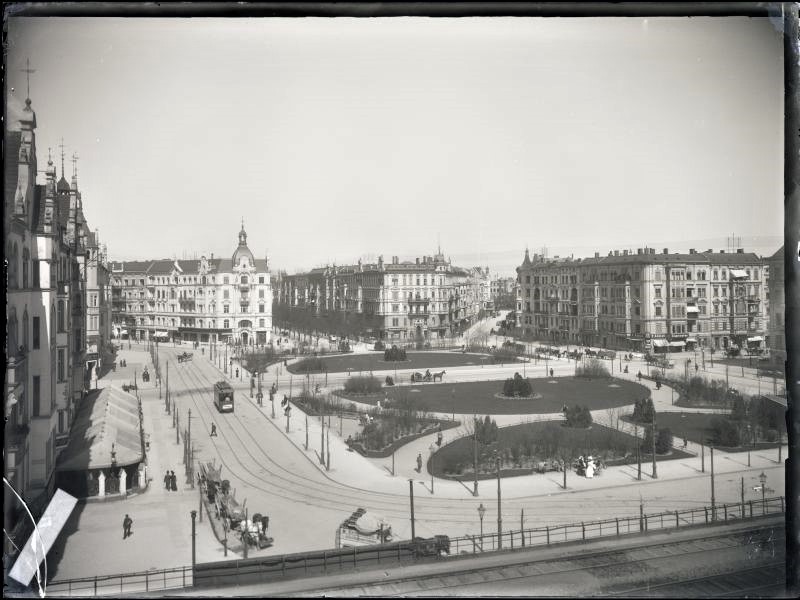
A view on Savigny Platz, 1900. Grolmannstraße on the left side. – Landesarchiv Berlin, F Rep. 290-01-04 Nr. 775 / Fotograf: Waldemar Titzenthaler
Since I have noticed that in many cases the figures I dealt with resided in Charlottenburg, I have also dealt with city planning. Here I wish to use the term ‘Frontier’ as a reference to the Frontier Thesis (1893) which was presented by Frederick Jackson Turner, who considered the term ‘frontier’ not as a geographic term but rather as a conceptual one. By this, I started my Spazieren in Charlottenburg within the great period of time I spent at the Staatsbibliothek zu Berlin and its archives. I had analyzed the circles and searched after its members’ residences; I found their favorite cafés and reconstructed their train routes and neighborhood wanderings.
During the time I spent at the Staatsbibliothek, I had the great scholarly opportunity to become acquainted with a wide variety of research literature on a subject I desire. It combines history, urbanity, transportation and culture, works written in a variety of languages. I have read a lot of books by fascinating scholars, such as Gertrud Pickhan, Verena Dohrn, Anne-Christin Saß, Sonja Miltenberger and many more, that expanded my understanding. I was so privileged to dive into my protagonists’ folders at the Geheimes Staatsarchiv and to draw their imaginary Spaziergänge supported by the maps collection at the Landesarchiv Berlin.
Frau Dr. Maya Shabbat, Ben-Gurion University of the Negev, war im Rahmen des Stipendienprogramms der Stiftung Preußischer Kulturbesitz im Jahr 2020 als Stipendiatin an der Staatsbibliothek zu Berlin. Forschungsprojekt: „Between Charlottenburg and Friedenau – Ostjuden vs. Ostjuden; Immigrants in Berlin, Topography of Conflict“

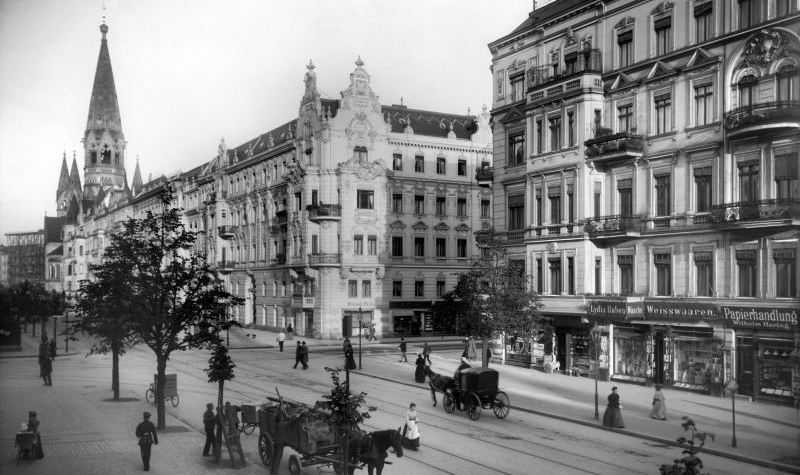 Landesarchiv Berlin, einfaches Nutzungsrecht für SBB-Blog
Landesarchiv Berlin, einfaches Nutzungsrecht für SBB-Blog Public Domain Mark 1.0
Public Domain Mark 1.0

 Public Domain
Public Domain
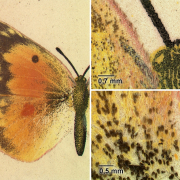

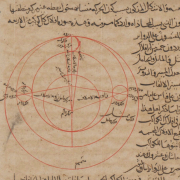 https://creativecommons.org/licenses/by-sa/4.0/
https://creativecommons.org/licenses/by-sa/4.0/ CC0 Staatsbibliothek zu Berlin – Stiftung Preußischer Kulturbesitz | Elemente von Canva/ FiveFlowersForFamiliyFirst u. TEI, Kollage von Carolin Hahn.
CC0 Staatsbibliothek zu Berlin – Stiftung Preußischer Kulturbesitz | Elemente von Canva/ FiveFlowersForFamiliyFirst u. TEI, Kollage von Carolin Hahn.
Ihr Kommentar
An Diskussion beteiligen?Hinterlassen Sie uns einen Kommentar!